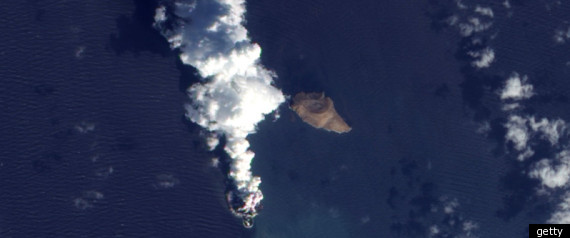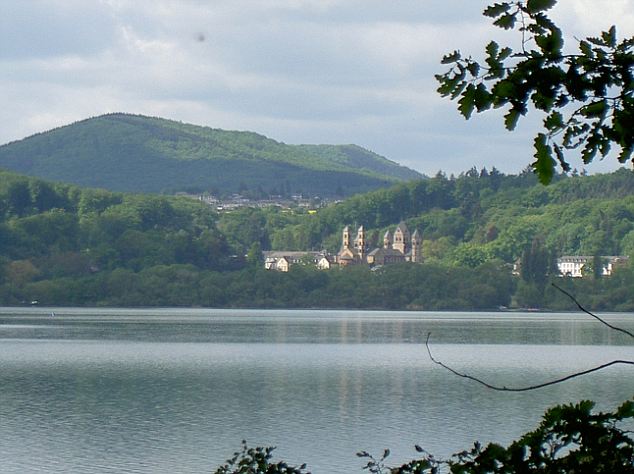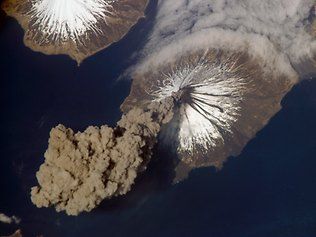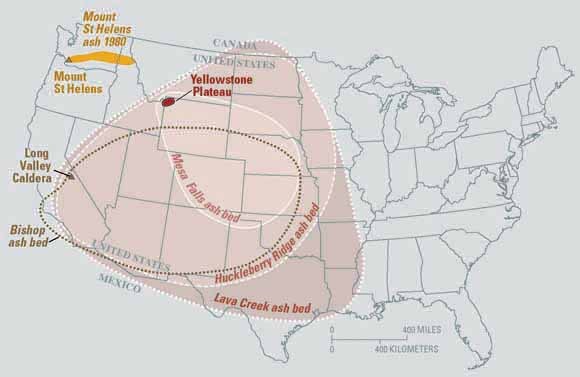
© Getty Images
A new island has emerged in the Red Sea following an underwater volcanic eruption.
Fishermen first spotted the phenomenon, which is caused by lava fountains, earlier in December in a remote part of the sea close to the Yemen coast.
The fountains are reported to have reached more than 30 metres (90 feet) in height.
Nasa repositioned their satellite cameras to capture the event, resulting in some amazing shots of the volcanic explosion breaking the water.
Scientists are unsure whether the island will be permanent.
According to a Nasa spokesman the Advanced Land Imager on Nasa's Earth Observing-1 satellite captured the explosion.
"The image from December 2011 shows an apparent island where there had previously been an unbroken water surface," he said.
"A thick plume rises from the island, dark near the bottom and light near the top, perhaps a mixture of volcanic ash and water vapour."
The eruption occurred in a region of the Red Sea where the tectonic plates of Africa and Arabia meet, close to the Zubair Group of islands. Due to constant tectonic shifts, new ocean crust regularly forms along the rift.



